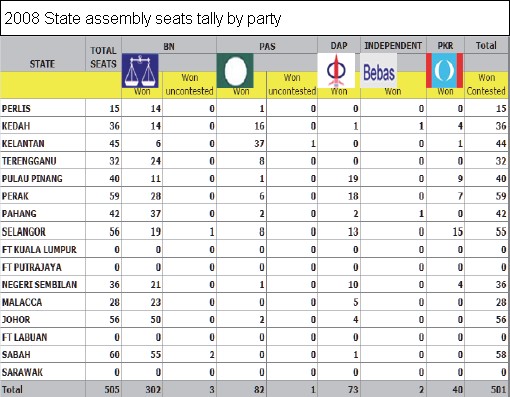I tried to spend Christmas day at the London Occupy camps, but truth be told, I couldn't stay there long and ended up wondering the City instead. Maybe I was just melancholic at spending another solitary Christmas, but I couldn’t help feeling that the original dynamism of Occupy was lost. I sat on the stairs of St. Paul’s and looked at a tent calling for everyone to become a vegan. There’s something slightly futile about that message. There's also something highly prescriptive about it, allowing little space for those who might sympathise in principle with the broad critique of finance, but who don't feel included in the ragtag countercultural facade. The Occupy movement is showing real signs of losing steam, and part of it is simply down to the fact that, when push comes to shove, it doesn't really offer that much to the everyday person.
That’s why I’m so pleased MoveYourMoneyUK arrived on the scene today. The campaign asks people to withdraw their money from the huge 'big 5' UK banks (Barclays, HSBC, Lloyds, RBS & Santander), and to deposit some or all of it into co-operatives, mutuals, credit unions and ethical banks. Coming on the heels of the more abstract Occupy-related campaigns, MYM seems to offer a wider range of people the chance to do something highly concrete, and which can make them feel included in an exciting process of incremental positive change.
 |
| CHRIS CLARK lays the smackdown on his Santander Card |
While Occupy has offered some people a chance to take part in working groups on alternative economics, those always end up being long on theory and short on practice, effective at making people stop and think for a moment, but not effective in holding them to any action. Indeed, most people are not pissed of with banks because of something imprecise like ‘neoliberalism’. People are pissed off because of specific issues like bonuses, tax avoidance, unethical investments and speculation, all of which are a step away from the ideological arguments about grand economic structure. A simple action like moving money is a practical step that is available to almost anyone to take part in, because even if people don't agree on all the epic ideological questions (like whether we should have a steady state economy etc.), the banking oligopoly has managed to do specific things that annoy the shit out of most people in some way or other.
I was involved in writing some contributions for the website (including a piece on commodity speculation). The overall narrative regarding the problems with banks has been designed to be as simple and intuitive as possible, and I've sketched it out in the diagram on the left. It goes roughly as follows: We deposit money into banks. Those banks claim that they’re committed to supporting small business and productive enterprise, yet most of their lending seems to go into socially useless activities and speculation. They’re notoriously lax in their ethical policies, investing in shite projects and dubious regimes. Through all of this they’re supported by government subsidy that enhances their profits, and they then take the piss with the huge bonuses, which only serves to distort behaviour and increase systemic risk. To top it all, there are the not-so-small issues of tax avoidance and mis-selling scandals.
The campaign lays this out and then lays out the alternative options for people: Put your money into mutuals and ethical banks that will steer clear of risky speculation, and that focus on supporting SMEs and prudent, socially useful lending. The campaign doesn't claim that alternative banks are perfect, but points out, that unlike the major incumbents, they at least make a lot more effort to be sustainable.
What I like most about this campaign is that it is not just a defensive reaction against the current banking system, but also a chance for people to proactively support and build the alternative. You might not have the time or inclination to be actively involved in policy discussions around financial reform, but you can help animate change by steering your money towards those challengers that are forging a new path against the stagnant and complacent banking status quo. It’s as much a creative vote of confidence in the ability to build something new as it is a protest against the old, and I’m fascinated to see how it might affect the alternative banking institutions.
Anyway, that's enough theorising. Please get involved and pledge to move some or all of your money in March 2012! I've already pledged, not that I have much money to move, and since doing that the high street suddenly looks full of exciting opportunities. Should I move to a big alternative like the Co-op Bank, or maybe a building society like Nationwide, or something much smaller like the London Mutual Credit Union? Watch this space for more on that, and in the mean time, check out the cool new MYM UK video...







































